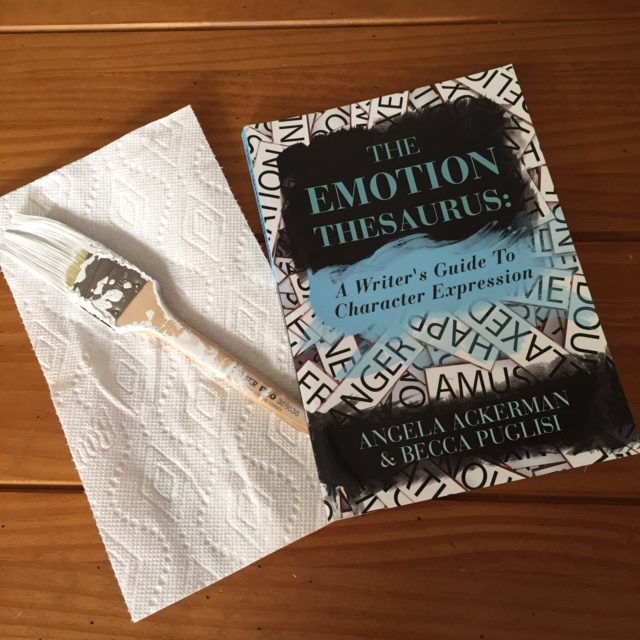
Writers Chat
Writers Chat Recap for October,Part 1
Writers Chat, hosted by Johnnie Alexander, Brandy Brow, and Melissa Stroh, is the show where we talk about all…
October 17, 2024
Writers Chat, hosted by Johnnie Alexander, Brandy Brow, and Melissa Stroh, is the show where we talk about all…
October 17, 2024
Among writers in the publishing community, there is a false belief that my submission does not have to be…
February 25, 2023
Back in 2021, I relayed the long, long trail to sell a 181-word board book manuscript for publication. And…
October 8, 2022
As we continue this editing series how we can develop a great story, I hope you’re able to see…
May 24, 2020
Elaine Marie Cooper We’ve been doing quite a bit of painting at our house lately. A lot of painting.…
October 7, 2016
Elaine Marie Cooper It was early summer and the New England Asters were lush with leaves. But a knowledgeable…
July 23, 2016
There it was—the flat tire we dreaded finding. After discovering it flat twice that week, the expected deflation was…
November 1, 2015